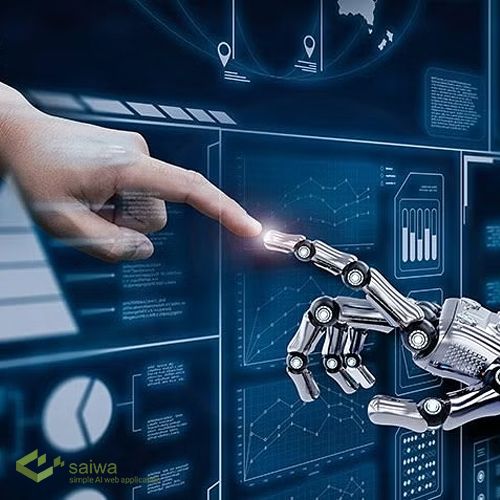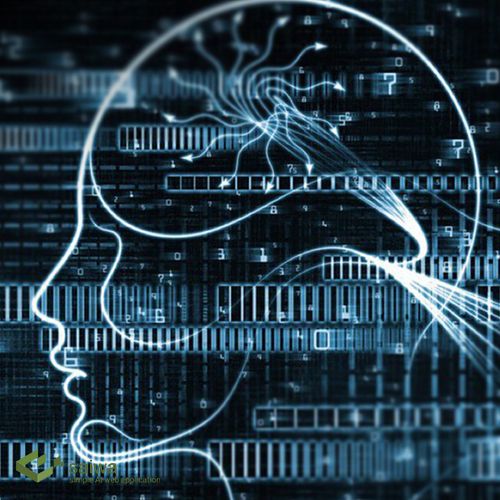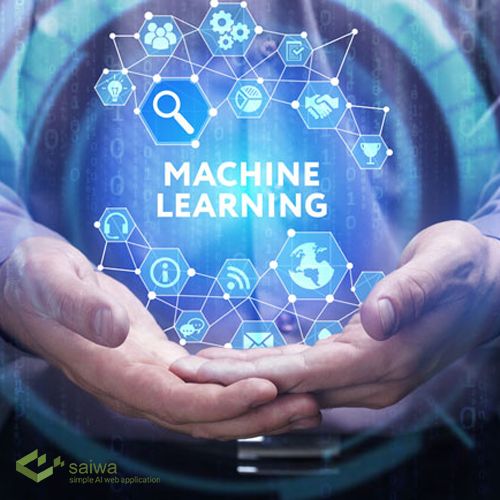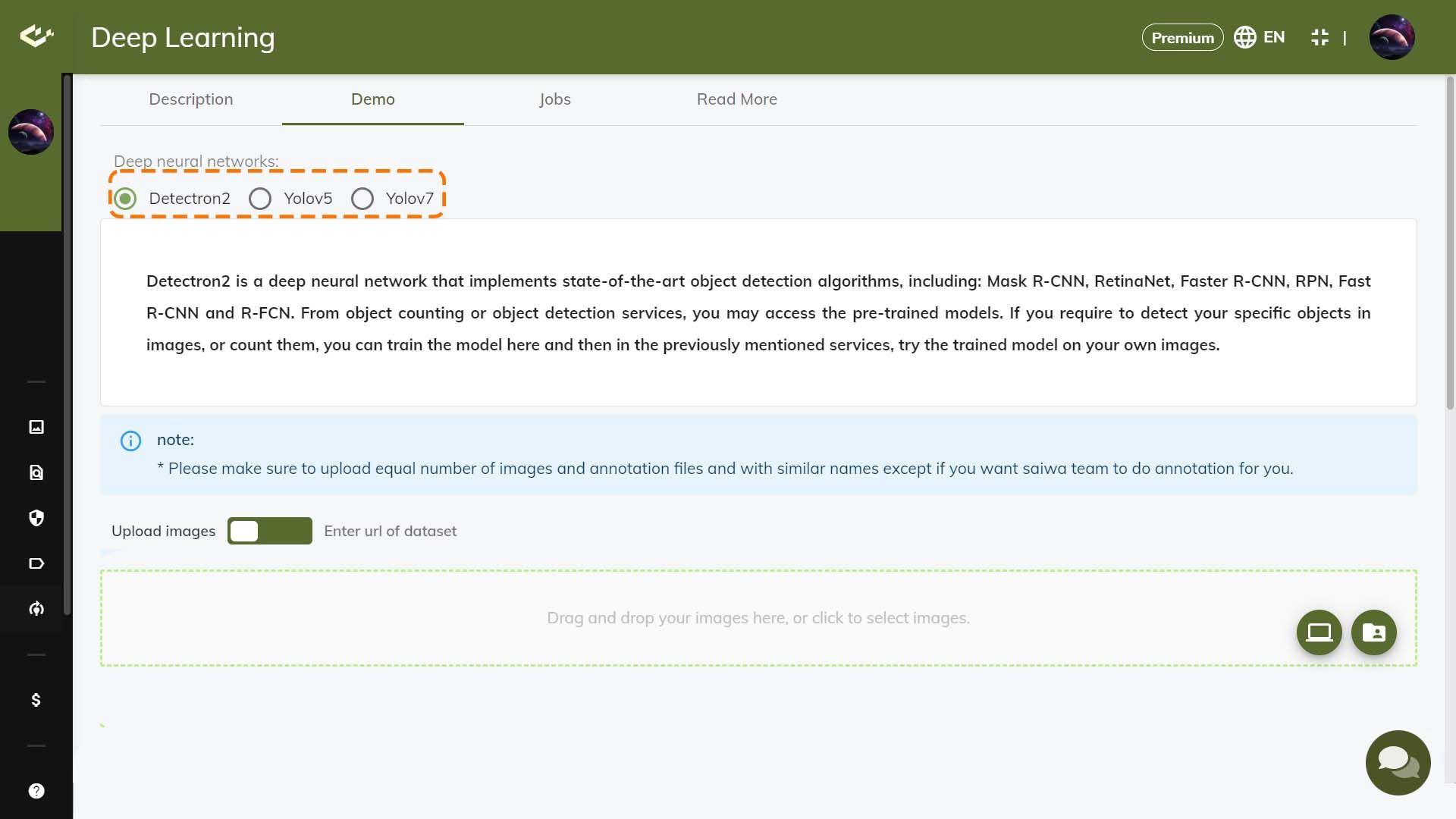
Key differences of Data Mining vs Machine Learning
Data mining and machine learning are both computer science approaches to discovering patterns in data and making decisions based on that data. The process of extracting actionable information from a large amount of data is known as data mining. It is a manual method that allows data scientists to identify new patterns in data.
Machine learning is a computer-based technique that analyzes large data sets and allows you to create algorithms based on that data set. Machine learning is a subset of artificial intelligence that helps computers learn patterns and make predictions.
The two methods mentioned above belong to the analytical methods and help to recognize the pattern. Besides this similarity, they have some important differences. You can read the article on Data Mining vs Machine Learning for a better understanding.
What is Data Mining?
As we mentioned in the first part, data mining is the process of analyzing a dense volume of data to find patterns, discover trends, and gain insight into how to use the desired data. Data mining can be used to make decisions or predict outcomes. Data mining is an interconnected field that uses statistics, machine learning, and artificial intelligence together.
Key Features of Data Mining
Data mining is extracting valuable insights and patterns from large data sets. It involves various techniques and algorithms to discover hidden information, relationships, and trends that can be used for decision-making and predictive analysis. Here are some of the key features of data mining:
Automatic pattern prediction based on analysis of trends and behavior
Assisting the organization by analyzing financial transaction records to develop patterns that can identify money laundering or criminal activity
The process of forecasting based on possible outcomes
The ability to automate and combine complex workflows from different processes to achieve results
Creating decision-oriented information
Increasing brand loyalty
Focus on large datasets and databases for analysis
What is Machine Learning?

The goal of machine learning, a subfield of artificial intelligence, is to create systems that can recognize patterns in past data, learn from it, and make logical judgments on their own. It is a technique for data analysis that automates the development of analytical models using data that contains several types of digital information, including words, numbers, clicks, and photos.
Read more: What Is Machine Learning as a Service?
Key Features of Machine Learning
The main features of machine learning are:
Predictive modeling
Machine learning algorithms use the data to create models that predict future events. These models can determine a consumer's risk or likelihood of purchase and many other things.
Automation
Machine learning algorithms automate the process of identifying patterns in data, which requires less human participation and enables more accurate and effective analysis.
Scalability
Machine learning techniques are very suitable for big data processing. They are built to handle large amounts of data so businesses can make decisions based on the information obtained from such data.
Generalization
Machine learning algorithms can discover broad patterns in data that can be used to analyze new and unknown data. If the data used to train the model are not immediately applicable to the task, they are useful for predicting future events.
Adaptiveness
As new data becomes available, machine learning algorithms are built to learn and adapt continuously, increasing their performance over time and becoming more accurate and efficient as more data becomes available.

What is the Difference Between Data Mining and Machine Learning?
There are significant differences in Data Mining vs Machine Learning field, which we will discuss below:
Responsibility
The main way in data mining is to find hidden data rules governing two or more data sets and to predict a certain result. In the first stage, machine learning algorithms are responsible for teaching an artificial intelligence agent how to learn, understand and implement the rules of a system and apply them in real-world scenarios.
Use Cases
The use cases of data mining vs machine learning are taken in the theoretical and practical applications categories, respectively. Data mining is used in research cases such as understanding and setting realistic business goals, collecting the type of data related to a specific field, market research, retail and e-commerce, and more. Machine learning is widely used to develop real applications such as self-driving cars, speech, image recognition, and medical diagnostics.
Accuracy
The participation of human resources in data collection and the creation of possible patterns in data mining reduces the overall accuracy. There are many complex relationships and key connections between data sets that only a machine learning algorithm can discover by adjusting itself based on the variable nature of the data presented in real-time.
Use of Data
Machine learning algorithms require more data than the data mining process. In addition, they can perform automatic data processing after converting the entire batch of data into a standard supported format. Data mining can provide results with fewer data and supports reading data in its original formats.
Scope
Machine learning algorithms learn from experience by analyzing large amounts of data. They can predict future outcomes in many areas of daily life, such as product recommendations, traffic forecasting, self-driving cars, spam reduction, biological data analysis, and more. Data mining is focused on finding hidden trends and increasing realistic business decisions but with more human intervention and less operational bandwidth.
Techniques Involved
The primary data mining techniques include association, prediction, classification, clustering, regression, and sequential analysis. Combining these allows scientists to investigate different types of relationships between data sets in a batch format. Machine learning models use regression analysis, supervised and unsupervised learning, and reinforcement learning to improve existing analyses without human intervention continuously.
Benefits of Data Mining
We live in a data-driven world, so having as many benefits as possible is essential. Data mining is a tool for solving problems and issues in the challenging world. The advantages of data mining are as follows:
Helping companies collect reliable information
A cost- and time-efficient alternative to other data applications
Helping businesses to produce and set up profitable operations
Use both old and new systems
Helping businesses make informed decisions
Identification of credit risks and fraud
Helping data scientists to analyze large volumes of data
Using data mining to detect fraud, build risk models and improve product safety by data scientists
accelerating automated behavior and trend forecasts for data scientists to find hidden patterns

Benefits of Machine Learning
Machine learning can be used for many different tasks in business. In the following, we discussed the advantages of using machine learning:
Data analysis
Deep machine learning can be used for big data mining, extracting valuable information from large data sets. With the help of this information, the data scientist can find new customers, predict trends and lead to improved business operations.
Predictive analytics
Machine learning and data science can predict future events, trends, and customer behavior to a great extent. As a result, these predictions can help businesses make better decisions about where to allocate resources and how to respond to market changes.
Fraud detection
Financial transaction fraud can be recognized by machine learning. The world is moving towards more digital transactions, so identifying and preventing fraud and vulnerable data points in the system is essential.
Customer segmentation
Machine learning can create customer segments based on demographic information and different buying habits. Various businesses can create targeted marketing campaigns and improve customer service using this information by implementing AI chatbots with speech recognition for customer calls.

Conclusion
We tried to talk about Data Mining vs Machine Learning in this blog. Data mining is very valuable for companies with small to large data sets that want to gain insights from that data. Data mining helps companies to analyze and understand different patterns, thus leading to better business decisions. In any case, it is better not to limit yourself to checking past data in some businesses. In addition to recognizing patterns based on data, machine learning enables computers to learn and adapt to managing and analyzing large amounts of data. Machine learning allows data scientists to teach computers to extract insights automatically through algorithms. This technique helps businesses extract critical information permanently.
